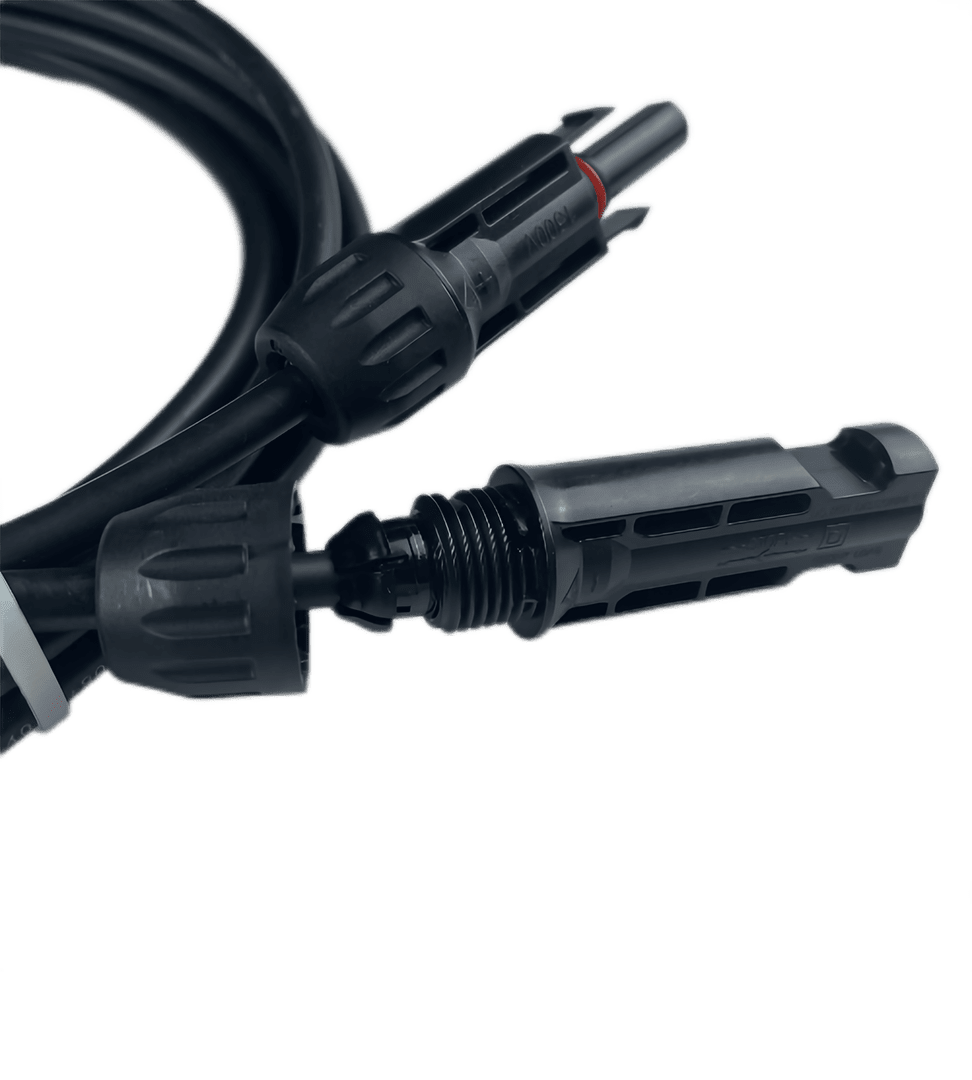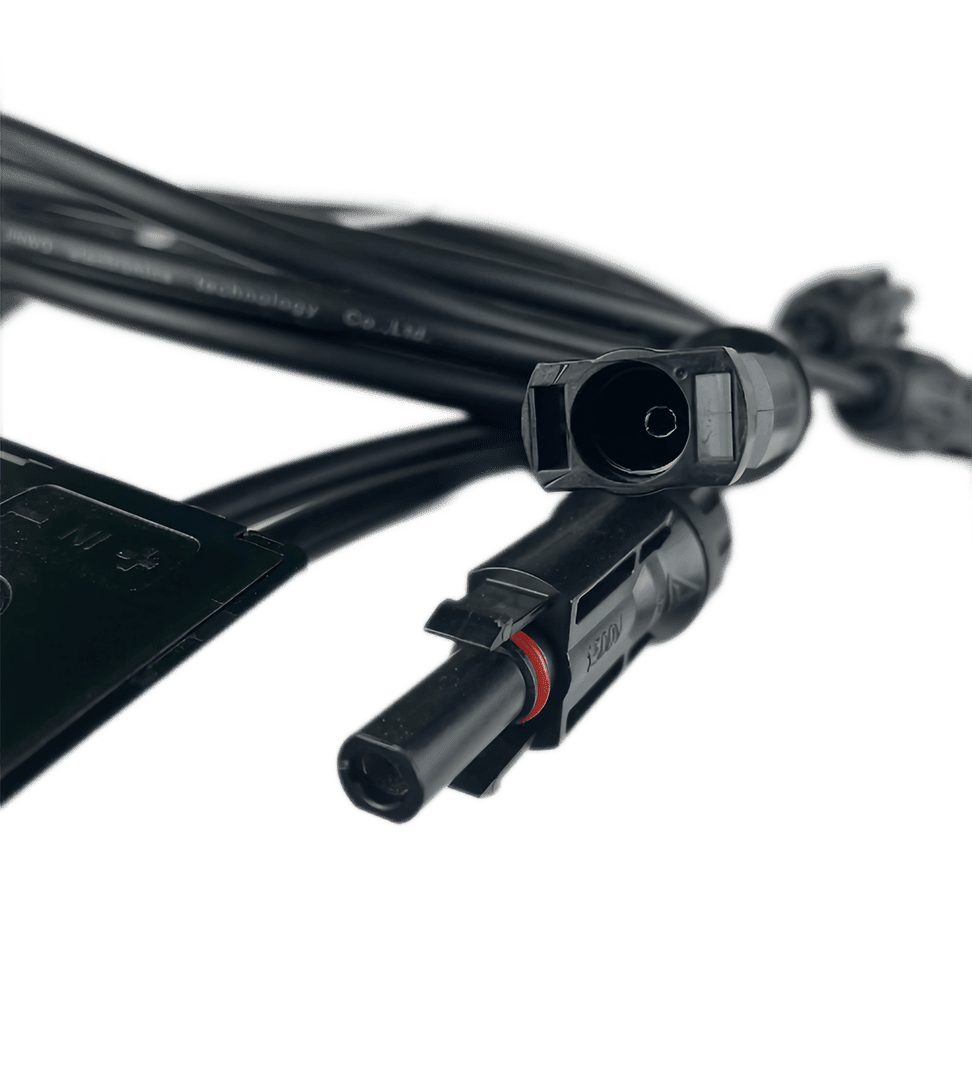With the increase in photovoltaic systems, more and more firefighters are requiring the installation of “fire switches” to reduce the risk of electrocution when working in photovoltaic systems.
Since PV systems are electrically charged equipment, the voltage is high when generating electricity, and there is always current in the equipment and circuit, in previous PV system fire accidents, even if the grid power is turned off and the inverter is automatically shut down, the wire from the module to the inverter or controller is still charged, and the DC high voltage is a huge potential hazard to personal safety.
In an emergency, the Rapid Shutdown (RSD) function reduces the module voltage to a safe voltage to achieve rapid shutdown at the module level, providing a higher level of personal safety for owners, installation and maintenance personnel, and firefighters.









